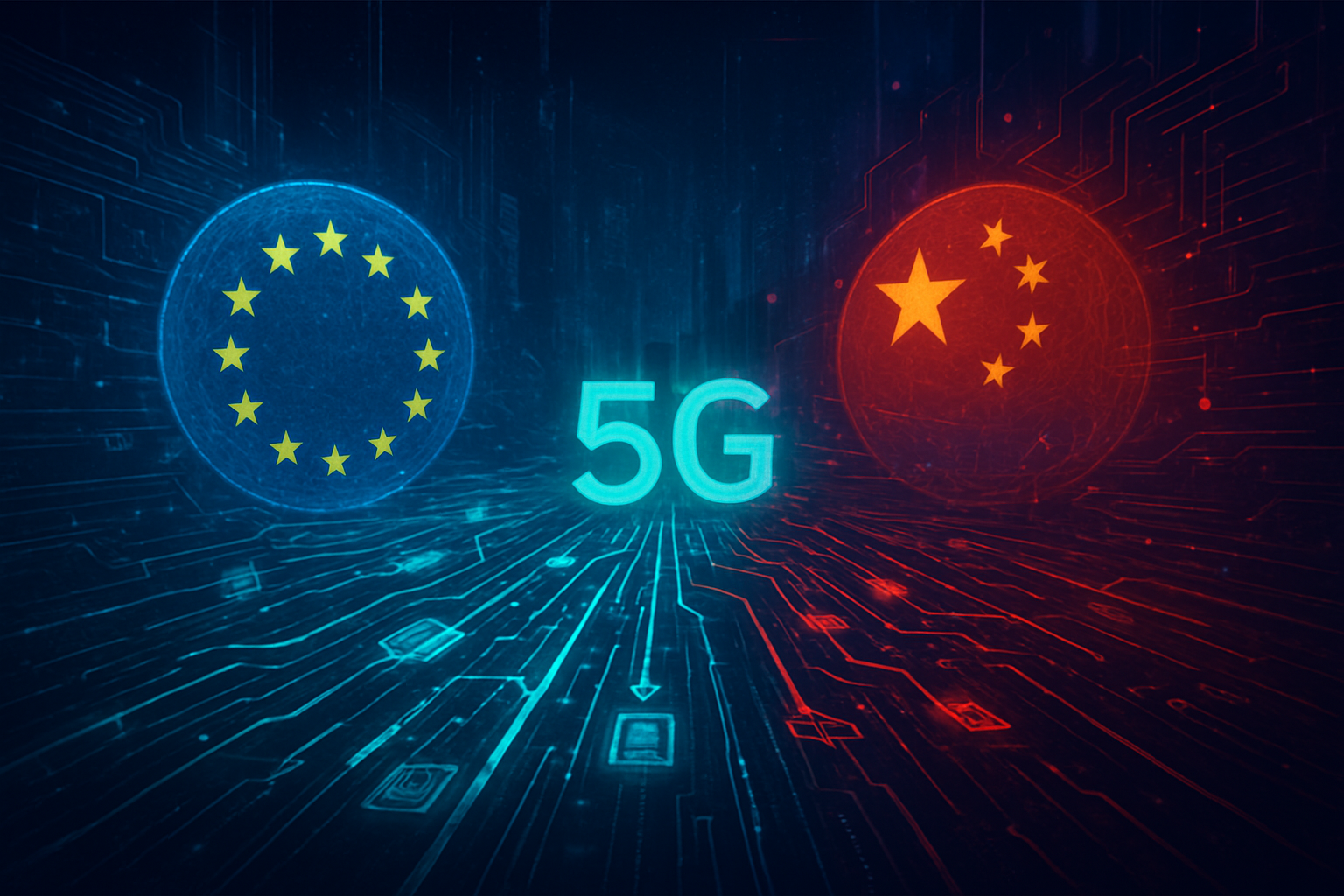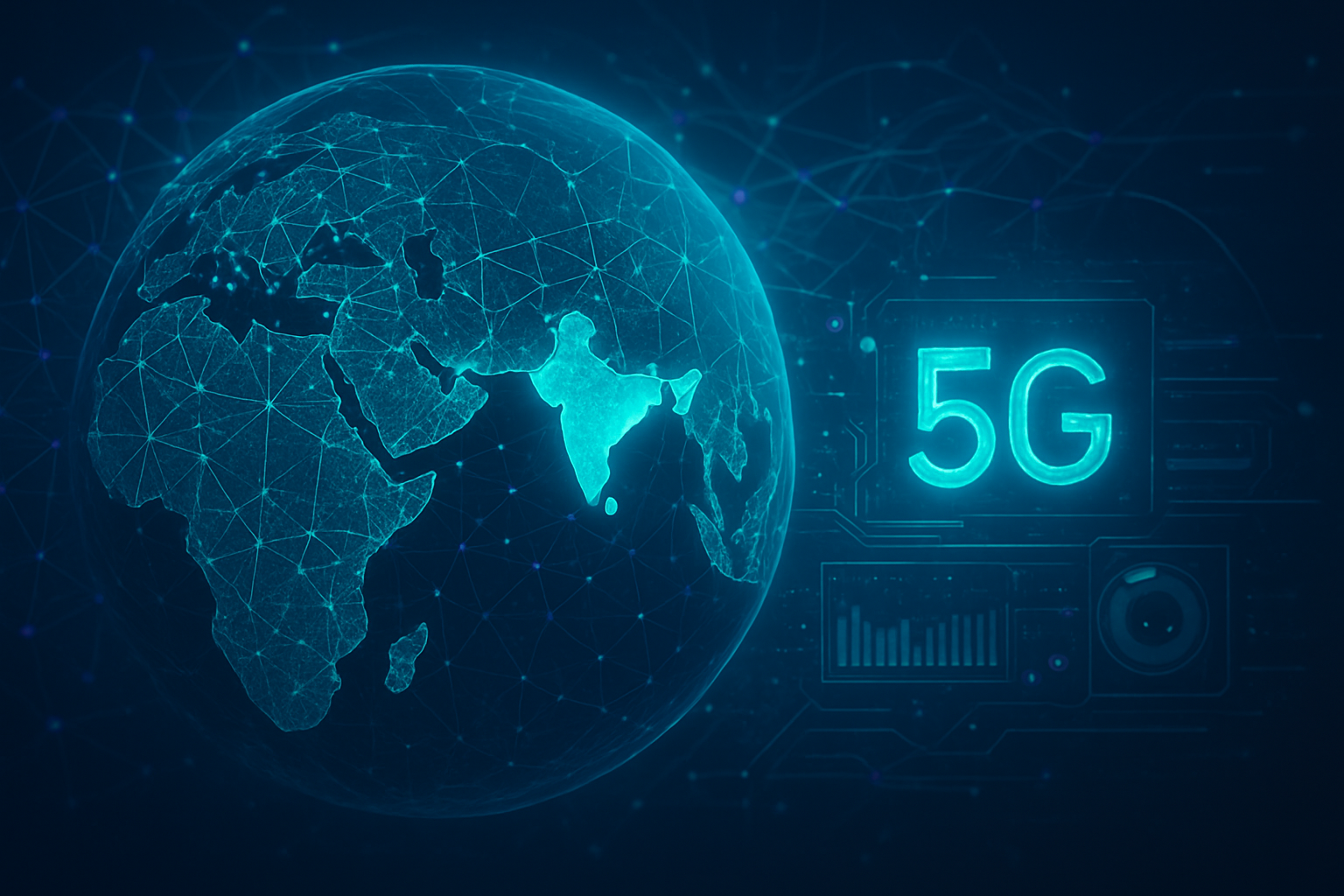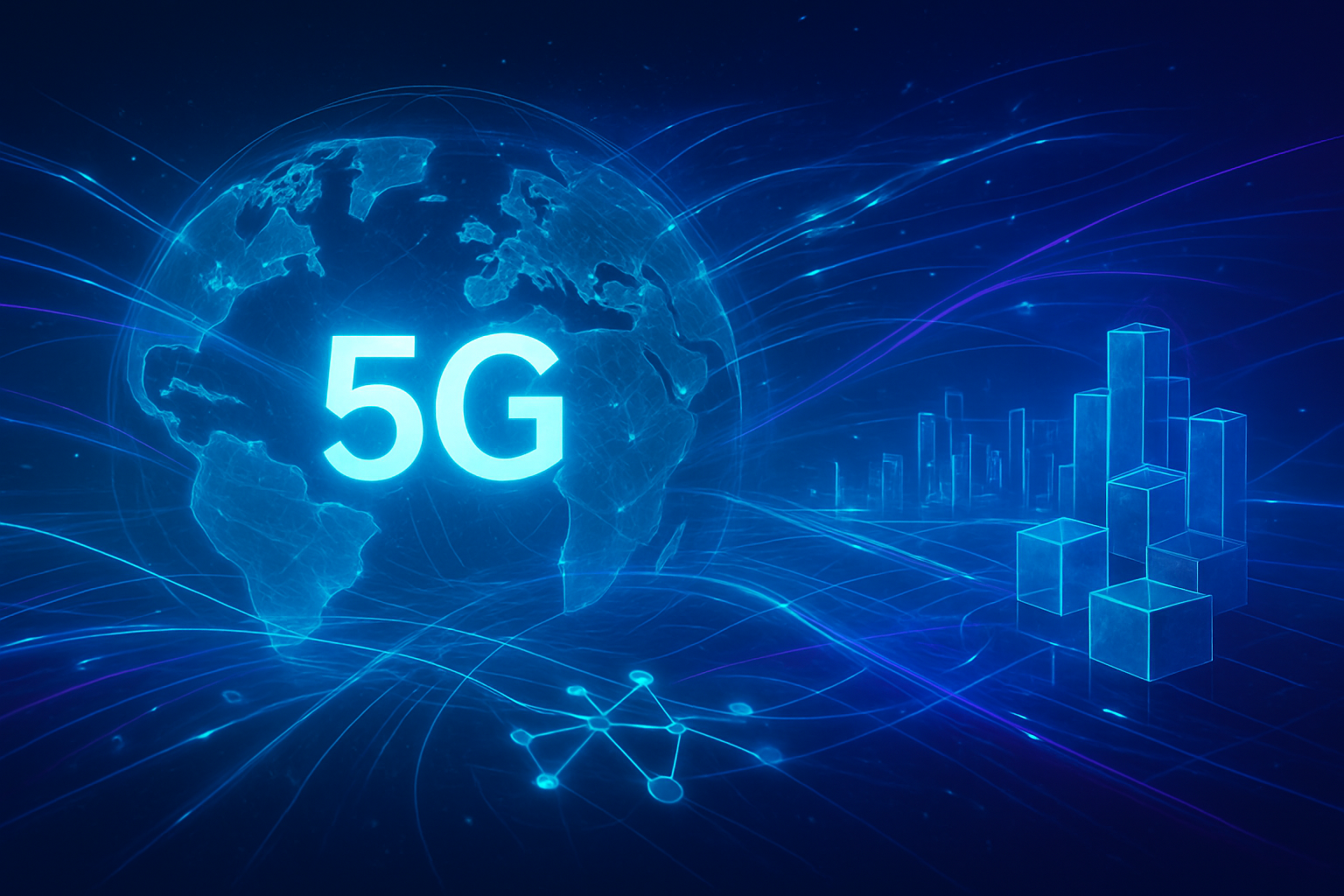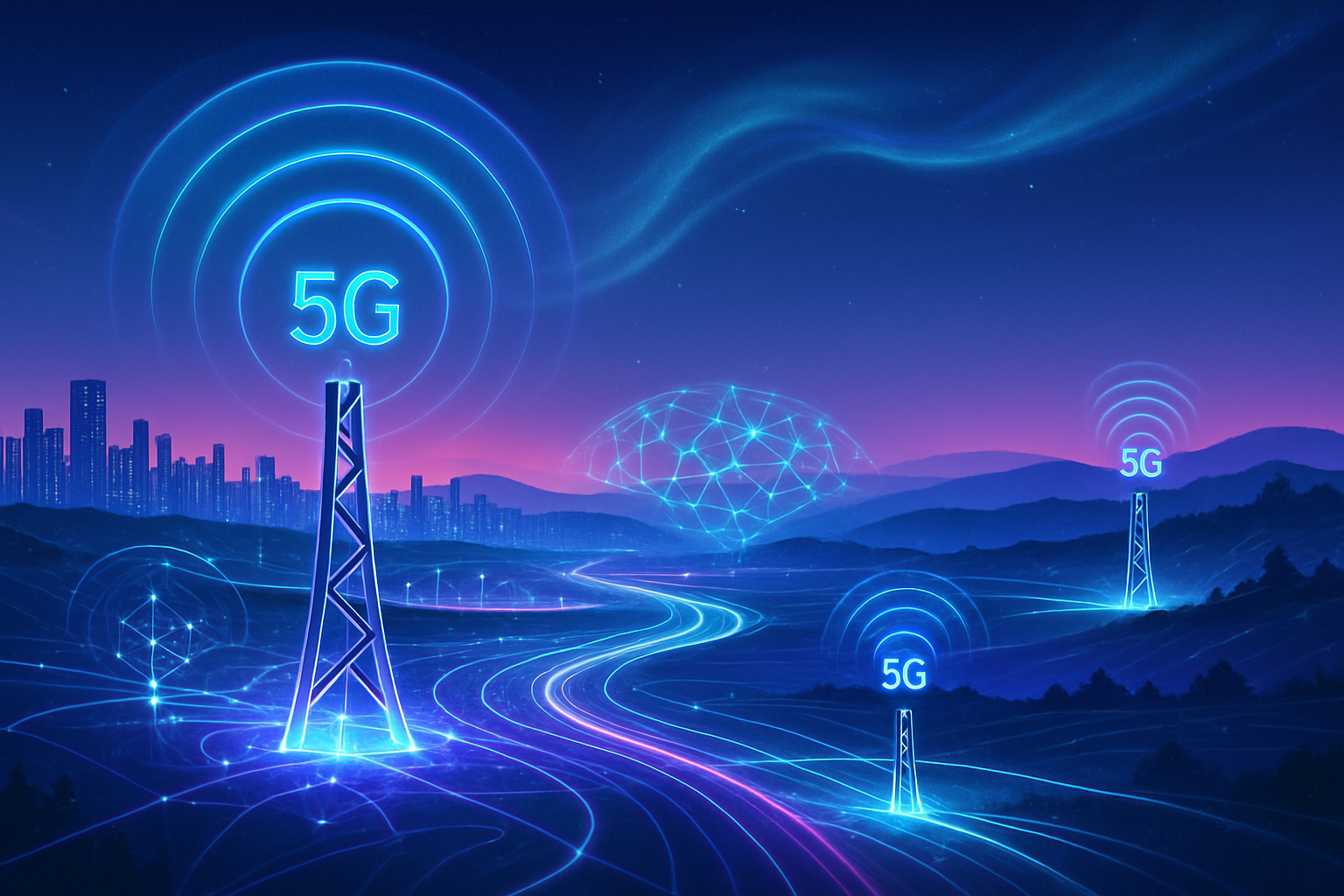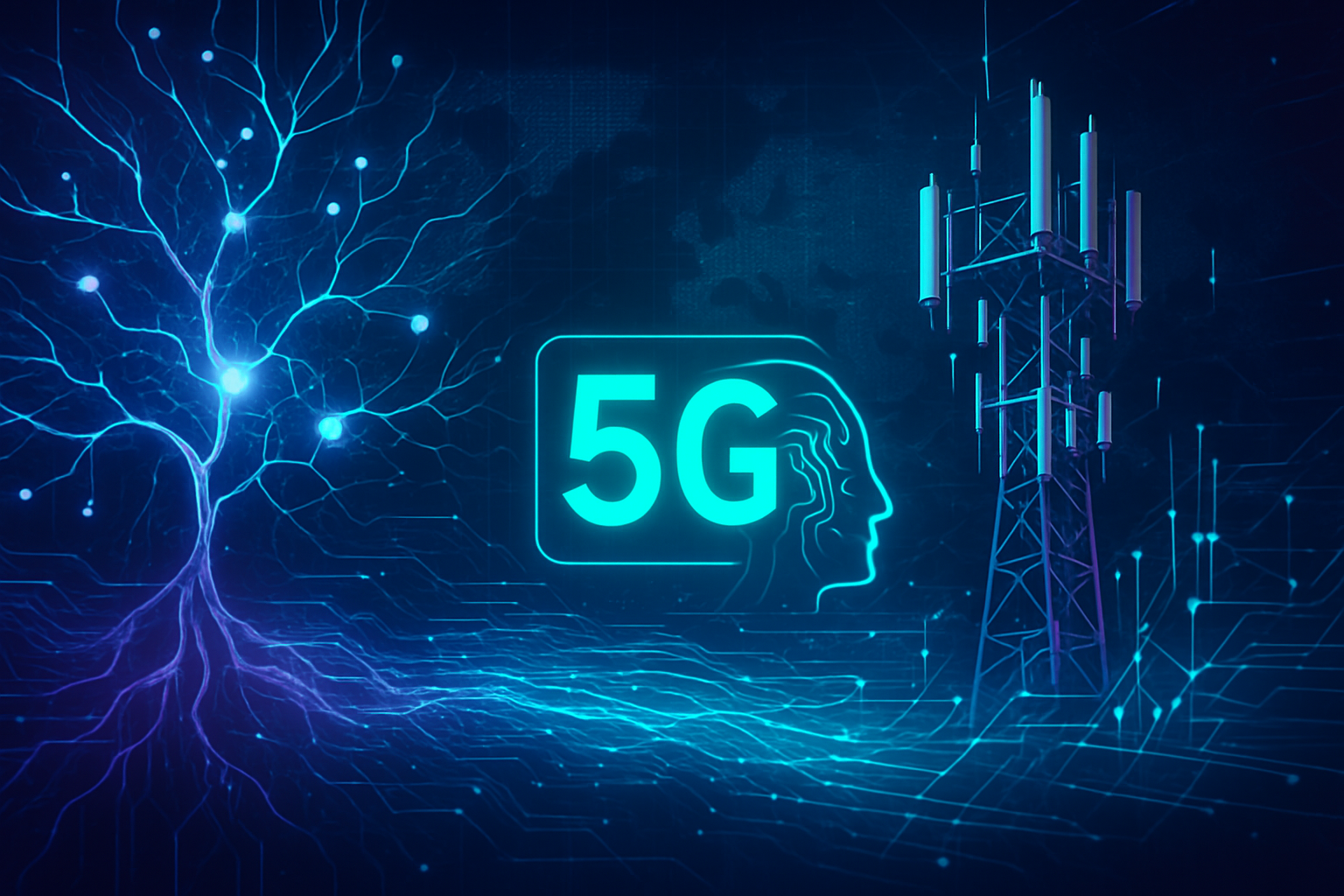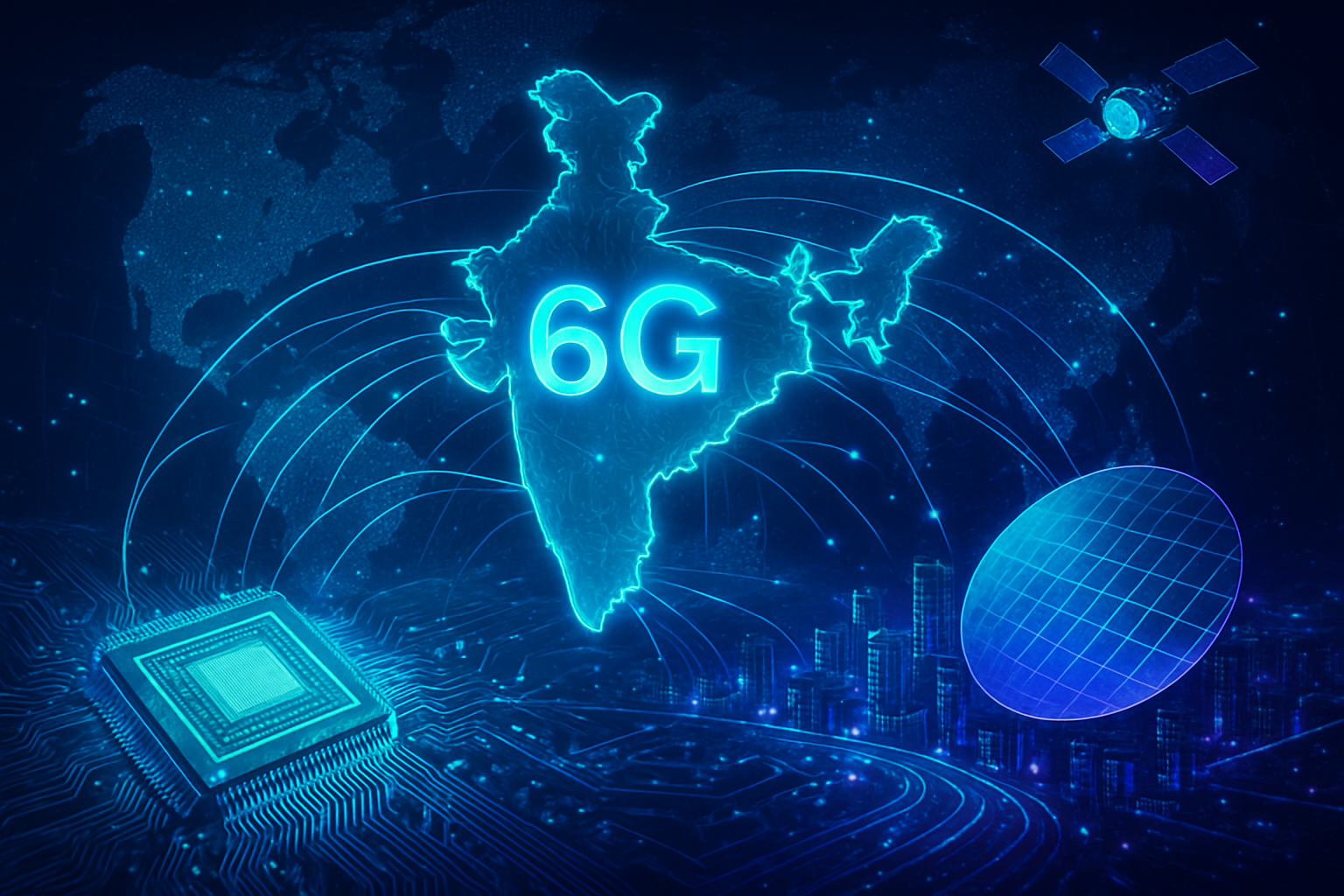The European Union is taking an increasingly assertive stance on the involvement of Chinese telecommunications giants Huawei and ZTE in its member countries' mobile networks, particularly concerning the critical 5G infrastructure. Driven by escalating national security concerns and a strategic push for digital sovereignty, the EU is urging its member states to restrict or ban these "high-risk" vendors, marking a pivotal moment in the global technological and geopolitical landscape.
This deliberation, which gained significant traction between 2018 and 2019, explicitly named Huawei and ZTE for the first time in June 2023 as posing "materially higher risks than other 5G suppliers." The European Commission's urgent call to action and its own internal measures to cut off communications from networks using Huawei or ZTE equipment underscore the seriousness of the perceived threat. This move is a key component of the EU's broader strategy to "de-risk" its economic ties with China, reduce critical dependencies, and bolster the resilience of its vital infrastructure, reflecting a growing imperative to secure digital sovereignty in an increasingly contested technological arena.
Geopolitical Currents and the 5G Battleground
At the heart of the EU's intensified scrutiny are profound security concerns, rooted in allegations of links between Huawei and ZTE and the Chinese government. Western nations fear that Chinese national intelligence laws could compel these companies to cooperate with intelligence agencies, potentially leading to espionage, data theft, or sabotage of critical infrastructure. The European Commission's explicit designation of Huawei and ZTE as high-risk vendors highlights these worries, which include the potential for "backdoors" allowing unauthorized access to sensitive data and the ability to disrupt essential services reliant on 5G.
5G is not merely an incremental upgrade to mobile communication; it is the foundational infrastructure for the digital economy and society of the future. Its ultra-high speeds, low latency, and massive connectivity will enable transformative applications in the Internet of Things (IoT), Artificial Intelligence (AI), autonomous driving, smart cities, and critical national infrastructure. Control over this infrastructure is therefore seen as a matter of national security and geopolitical power, shaping economic and technical leadership. The dense, software-defined architecture of 5G networks can also make them more vulnerable to cyberattacks, further emphasizing the need for trusted suppliers.
This evolving EU policy is a significant front in the broader technological and economic rivalry between the West and China. It reflects a Western push for technological decoupling and supply chain resilience, aiming to reduce dependence on Chinese technology and promote diversification. China's rapid advancements and leadership in 5G have challenged Western technological dominance, framing this as a struggle for control over future industries. While Huawei consistently denies embedding backdoors, reports from entities like Finite State and GCHQ have identified "serious and systematic defects in Huawei's software engineering and cyber security competence," fueling concerns about the integrity and trustworthiness of Chinese 5G equipment.
Reshaping Market Competition and Corporate Fortunes
The potential EU ban on Huawei and ZTE equipment is set to significantly reshape the telecommunications market, creating substantial opportunities for alternative suppliers while posing complex implications for the broader tech ecosystem. The most direct beneficiaries are established non-Chinese vendors, primarily Ericsson (NASDAQ: ERIC) from Sweden and Nokia (NYSE: NOK) from Finland, who are well-positioned to fill the void. Other companies poised to gain market share include Samsung (KRX: 005930), Cisco (NASDAQ: CSCO), Ciena (NYSE: CIEN), Juniper Networks (NYSE: JNPR), NEC Corporation (TSE: 6701), and Fujitsu Limited (TSE: 6702). Major cloud providers like Dell Technologies (NYSE: DELL), Microsoft (NASDAQ: MSFT), and Amazon Web Services (AWS) (NASDAQ: AMZN) are also gaining traction as telecom operators increasingly invest in 5G core and cloud technologies. Furthermore, the drive for vendor diversification is boosting the profile of Open Radio Access Network (Open RAN) advocates such as Mavenir and NEC.
The exclusion of Huawei and ZTE has multifaceted competitive implications for major AI labs and tech companies. 5G networks are foundational for the advancement of AI and IoT, and a ban forces European companies to rely on alternative suppliers. This transition can lead to increased costs and potential delays in 5G deployment, which, in turn, could slow down the adoption and innovation pace of AI and IoT applications across Europe. Huawei itself is a major developer of AI technologies, and its Vice-President for Europe has warned that bans could limit global collaboration, potentially hindering Europe's AI development. However, this could also serve as a catalyst for European digital sovereignty, spurring investment in homegrown AI tools and platforms.
A widespread and rapid EU ban could lead to significant disruptions. Industry estimates suggest that banning Huawei and ZTE could cost EU mobile operators up to €55 billion and cause delays of up to 18 months in 5G rollout. The "rip and replace" process for existing Huawei equipment is costly and complex, particularly for operators with substantial existing infrastructure. Slower 5G deployment and higher operational costs for network providers could impede the growth of innovative services and products that rely heavily on high-speed, low-latency 5G connectivity, impacting areas like autonomous driving, smart cities, and advanced industrial automation.
Alternative suppliers leverage their established presence, strong relationships with European operators, and adherence to stringent cybersecurity standards to capitalize on the ban. Ericsson and Nokia, with their comprehensive, end-to-end solutions, are well-positioned. Companies investing in Open RAN and cloud-native networks also offer flexibility and promote multi-vendor environments, aligning with the EU's desire for supply chain diversification. This strategic realignment aims to foster a more diverse, secure, and European-led innovation landscape in 5G, AI, and cloud computing.
Broader Significance and Historical Echoes
The EU's evolving stance on Huawei and ZTE is more than a regulatory decision; it is a profound realignment within the global tech order. It signifies a collective European recognition of the intertwining of technology, national security, and geopolitical power, pushing the continent towards greater digital sovereignty and resilience. This development is intricately woven into several overarching trends in the AI and tech landscape. 5G and next-generation connectivity are recognized as critical backbones for future AI applications and the Internet of Things. The ban aligns with the EU's broader regulatory push for data security and privacy, exemplified by GDPR and the upcoming Cyber Resilience Act. While potentially impacting AI development by limiting global collaboration, it could also stimulate European investment in AI-related infrastructure.
The ban is a key component of the EU's strategy to enhance supply chain resilience and reduce critical dependencies on single suppliers or specific geopolitical blocs. The concept of "digital sovereignty"—establishing trust in the digital single market, setting its own rules, and developing strategic digital capacities—is central to the EU's motivation. This places Europe in a delicate position, balancing transatlantic alliances with its own strategic autonomy and economic interests with China amidst the intensifying US-China tech rivalry.
Beyond immediate economic effects, the implications include potential impacts on innovation, interoperability, and research and development collaboration. While aiming for enhanced security, the transition could lead to higher costs and delays in 5G rollout. Conversely, it could foster greater competition among non-Chinese vendors and stimulate the development of European alternatives. A fragmented approach across member states, however, risks complicating global interoperability and the development of unified tech standards.
This development echoes historical tech and geopolitical milestones. It shares similarities with Cold War-era strategic technology control, such as COCOM, which restricted the export of strategic technologies to the Soviet bloc. It also aligns with US Entity List actions and tech sanctions against Chinese companies, albeit with a more nuanced, and initially less unified, European approach. Furthermore, the pursuit of "digital sovereignty" parallels earlier European initiatives to achieve strategic independence in industries like aerospace (Airbus challenging Boeing) or space navigation (Galileo as an alternative to GPS), reflecting a long-standing desire to reduce reliance on non-European powers for critical infrastructure.
The Road Ahead: Challenges and Predictions
In the near term, the EU is pushing for accelerated action from its member states. The European Commission has formally designated Huawei and ZTE as "high-risk suppliers" and urged immediate bans, even removing their equipment from its own internal systems. Despite this, implementation varies, with many EU countries still lacking comprehensive plans to reduce dependency. Germany, for instance, has set deadlines for removing Huawei and ZTE components from its 5G core networks by the end of 2026 and all Chinese components from its 5G infrastructure by 2029.
The long-term vision involves building resilience in the digital era and reducing critical dependencies on China. A key development is the push for Open Radio Access Network (OpenRAN) architecture, which promotes a modular and open network, fostering greater competition, innovation, and enhanced security by diversifying the supply chain. The EU Commission is also considering making the 5G cybersecurity toolbox mandatory under EU law, which would compel unified action.
The shift away from Huawei and ZTE will primarily impact 5G infrastructure, opening opportunities for increased vendor diversity, particularly through OpenRAN, and enabling more secure critical infrastructure and cloud-native, software-driven networks. Companies like Mavenir, NEC, and Altiostar are emerging as OpenRAN providers.
However, significant challenges remain. Slow adoption and enforcement by member states, coupled with the substantial economic burden and investment costs of replacing existing infrastructure, are major hurdles. Maintaining the pace of 5G rollout while transitioning is also a concern, as is the current limited maturity of some OpenRAN alternatives compared to established end-to-end solutions. The geopolitical and diplomatic pressure from China, which views the ban as discriminatory, further complicates the situation.
Experts predict increased pressure for compliance from the European Commission, leading to a gradual phase-out with explicit deadlines in more countries. The rise of OpenRAN is seen as a long-term answer to supply chain diversity. The transition will continue to present economic challenges for communication service providers, leading to increased costs and potential delays. Furthermore, the EU's stance is part of a broader "de-risking" strategy, which will likely keep technology at the forefront of EU-China relations.
A New Era of Digital Sovereignty
The EU's deliberation over banning Huawei and ZTE is more than just a regulatory decision; it is a strategic recalibration with profound implications for its technological future, geopolitical standing, and the global digital economy. The key takeaway is a determined but complex process of disengagement, driven by national security concerns and a desire for digital sovereignty. This move assesses the significance of securing foundational technologies like 5G as paramount for the trustworthiness and resilience of all future AI and digital innovations.
The long-term impact will likely include a more diversified vendor landscape, though potentially at the cost of increased short-term expenses and rollout delays. It also signifies a hardening of EU-China relations in the technology sphere, prioritizing security over purely economic considerations. Indirectly, by securing the underlying 5G infrastructure, the EU aims to build a more resilient and trustworthy foundation for the development and deployment of AI technologies.
In the coming weeks and months, several key developments warrant close attention. The European Commission is actively considering transforming its 5G toolbox recommendations into a mandatory directive under an upcoming Digital Networks Act, which would legally bind member states. Monitoring increased member state compliance, particularly from those with high dependencies on Chinese components, will be crucial. Observers should also watch how strictly the EU applies its funding mechanisms and whether it explores expanding restrictions to fixed-line networks. Finally, geopolitical responses from China and the continued development and adoption of OpenRAN technologies will be critical indicators of the depth and speed of this strategic shift.
This content is intended for informational purposes only and represents analysis of current AI developments.
TokenRing AI delivers enterprise-grade solutions for multi-agent AI workflow orchestration, AI-powered development tools, and seamless remote collaboration platforms.
For more information, visit https://www.tokenring.ai/.
